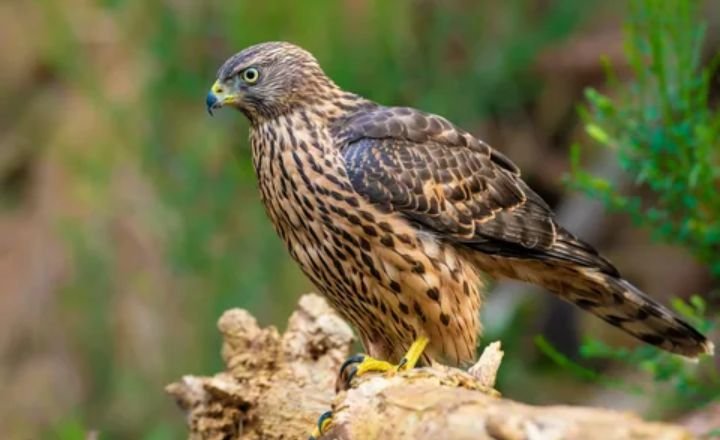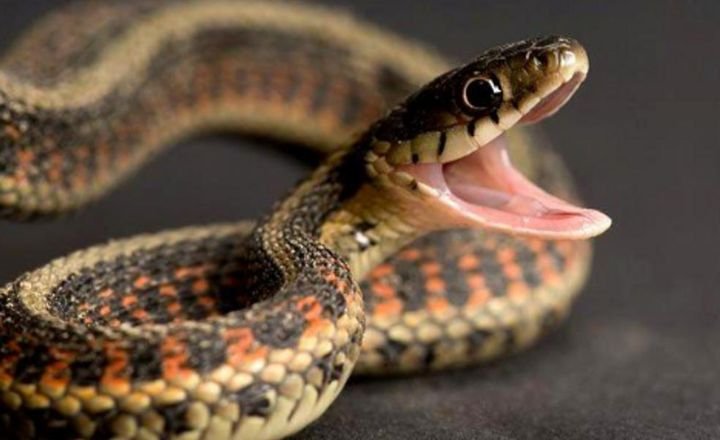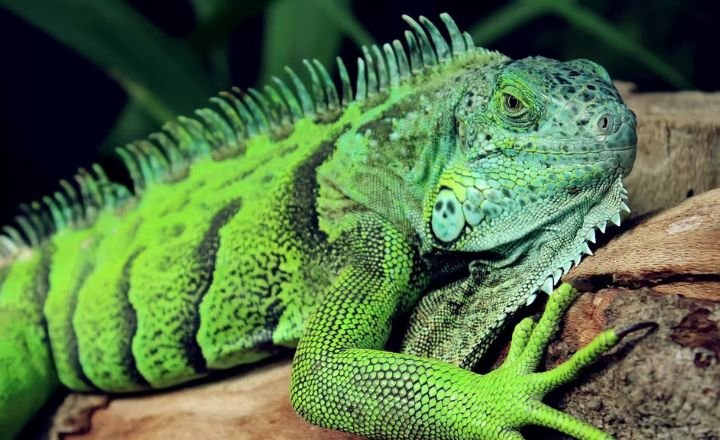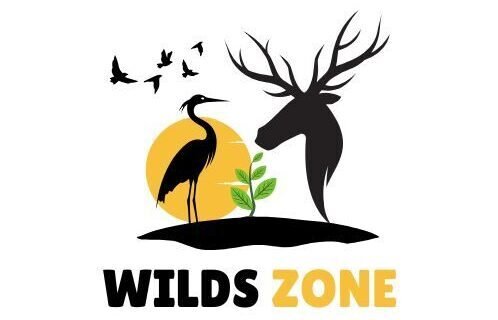Birds inhabit diverse environments across the planet, thriving in skies, forests, deserts, and waterways. What Eats Birds? Many predators target birds as a food source, leading to a constant struggle for survival. Birds use flight, vigilance, and nesting strategies to avoid threats.
The California Condor is the largest bird in North America, known for its impressive wingspan of 3 meters (9.8 feet) and a weight of up to 12 kg (26.6 lbs.). It mainly feeds on carrion such as deer, cattle, sheep, rabbits, and rodents.
Designed for Flight
Birds are descendants of feathered dinosaurs, specially designed for flight. Their lightweight skeletons and efficient respiratory and circulatory systems support powerful musculature, enabling them to take flight.
The hollow, aerodynamic bones reduce weight. Advanced hearts and lungs allow for sustained energetic output. Flight feathers on their wings and tails provide lift and steering. Birds also have acute vision and hearing, helping them detect airborne threats, even in dense cover.
Raptors Spy From Above
Raptors Spy , like
- Hawks
- Eagles
- Owls
Hawks

Hawks, often celebrated for their remarkable eyesight and hunting prowess, also rank among the smartest birds in the avian world. Hawks are hunter birds recognized for their sharp vision and hunting skills. With strong wings and Grip, they capture prey like rodents and small birds. They inhabit a range of environments, from open fields to woodlands, and are necessary in controlling animal populations.
Eagles
Eagles are large birds of hunt with sharp vision and strong wings. They hunt fish, small mammals, and birds. Found in various environments, eagles are known for their strength and are symbols of freedom. Primarily feasting on smaller birds, fish, and mammals, they themselves face threats from larger predators and environmental factors. This raises an intriguing question what eats birds in the food chain?.
Owls
Owls are night birds with large eyes and a quiet flight. They hunt small animals like rats and insects at night. Known for their wisdom, owls are found in forests, grasslands, and deserts are among the most lethal avian predators.
With razor-sharp talons and curved beaks, they hunt and kill other birds mid-flight or by snatching them from the ground. Golden eagles are the ultimate aerial hunters, spotting prey from miles away.
With their massive 7-foot wingspans and 4-inch talons, they dive at speeds over 150 miles per hour, delivering a deadly impact that kills their prey instantly.
Snakes Strike With Stealth
Stealthy snakes, like Pythons boas, lie in wait for birds, making them tempting targets. With backward-curving teeth, they strike quickly, grabbing birds and coiling their muscular bodies to suffocate them.
The African rock python ambushes large bird species like guinea fowl, cranes, and herons. It sweeps low over waterways, launching from branches to latch onto its prey with a powerful bite. The python wraps its coils around the bird, crushing it until it dies, then swallows the prey whole, head first.

Carnivorous Mammals Invade Nests
Carnivorous mammals pose a major threat to nesting birds, employing various techniques to raid nests for eggs or chicks. Bears climb trees to access high nests, raccoons stealthily scale trunks at night, and nimble cats swiftly snatch nestlings.
- Foxes monitor seabird colonies, consuming eggs and caching extras,
- Skunks dig up ground nests.
- Weasels and minks even pursue birds into tree cavities, making mammals of all sizes a significant danger to nesting birds.
Reptiles Raid Nests Opportunistically
Reptiles opportunistically raid bird nests during seasonal surges of eggs and nestlings. Monitor lizards climb trees to stalk colonies, while snakes slither up trunks to consume eggs or chicks. Black snakes hunt rodents in arboreal nests but won’t ignore eggs they encounter.
Water monitors swim to mangrove nesting areas to plunder unattended eggs. With their flexible diets and climbing skills, reptiles supplement their nutrition through bird nest raids.By preying on eggs or young chicks, reptiles can exploit a readily available food source.
Humans Disrupt Complex Cycles

Humans disrupt natural ecological cycles by introducing new threats to birds. Activities like pollution, habitat fragmentation, and climate change degrade environments birds depend on. Agriculture replaces diverse ecosystems with monocultures, while pesticides reduce essential insect populations.
Discarded plastics harm shorebirds, and light pollution disrupts migration, causing deadly collisions. Humanity’s expanding footprint continues to upset the delicate balance of predator and prey.
Fish Catch Water birds and Shorebirds
Waterbirds and shorebirds face dangers from predatory fish while wading or swimming. Herons and egrets in shallow water can be pulled under by alligators or large fish. The intricate between fish, waterbirds, and shorebirds showcases ecosystems where each species plays a vital role.
Diving birds like cormorants and grebes, pursued underwater, may get caught if they can’t escape quickly. Predatory fish like trevally, barracuda, and salmon leap to snatch low-flying seabirds. Staying vigilant above and below is crucial for birds to avoid aquatic predators.
Biggest Predators
What animal eats birds from the majestic lion, ruling the African savannah, to the stealthy snow leopard stalking its prey in the frigid mountains, these big cats embody the essence of a predator. Raccoons and foxes exhibit their own cunning approaches to predation.
Raccoons, with their dexterous paws, can forage through trash cans for a midnight snack, while foxes employ a combination of stealth and speed to catch small rodents. The cold-blooded efficiency of snakes and the nimble agility of frogs employed by predators.
Coyotes and baboons demonstrate social structures that enhance their predatory prowess. Coyotes often hunt in packs, using coordinated strategies to outsmart larger prey, while baboons rely on their social hierarchies to protect against threats and secure food resources.
Conclusion
The diversity of bird Hunter’s highlights nature’s dynamic balance. Birds use flight and intelligence to Hide but hunters adapt to misuse their Weakness. This Interaction showcases the complex interdependence of ecosystems.
Understanding What Eats Birds?, These relationships fosters qualities, for species’ Innovation in survival, from raptors’ Attack to mammals’ nest attacks. As habitats continue to change and human impact grows, it’s vital that we remain vigilant about preserving these delicate ecosystems.
FAQS
What eats songbirds?
Common predators include hawks, owls, snakes, and domestic cats, which hunt songbirds for food.
What animal eats birds?
Many animals, including mammals like cats, foxes, and raccoons, as well as birds of prey like eagles and hawks, are known to eat birds.
What do birds eat?
Birds primarily consume seeds, fruits, insects, nectar, and small animals depending on their species and habitat.
